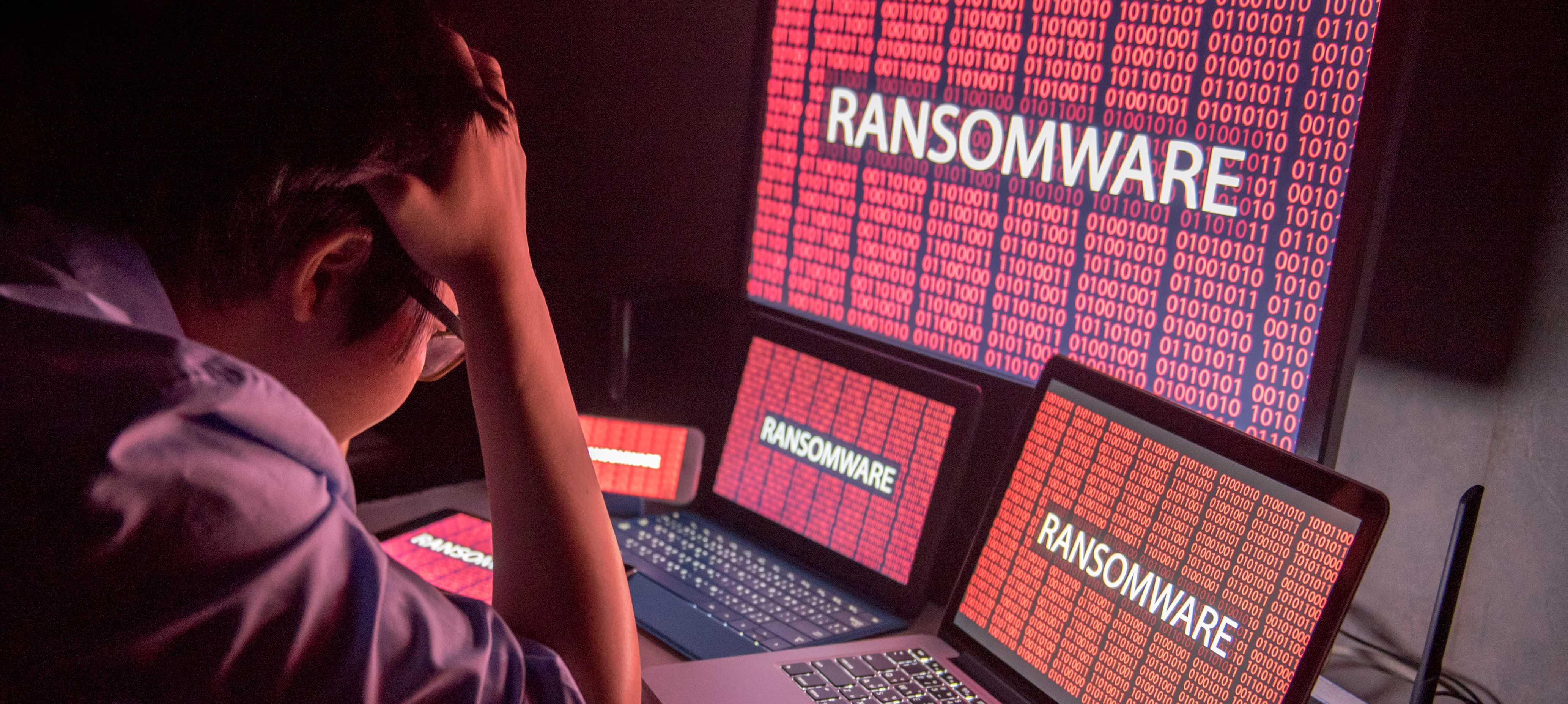
Don’t let fear of losing your job hold you back from embracing the future. Change is inevitable and constant. As President Roosevelt said, “The only thing we have to fear is fear itself.” Just look at how the world has changed in the past 100 years. Industries (Listed on the Dow Jones Industrial Index) that once dominated the economy have been replaced by new ones that offer new opportunities and challenges. Technology has been a driving force of this transformation, creating new possibilities for human creativity and innovation. But technology can also be used for good or evil, depending on how we choose to use it. Alfred Nobel, the inventor of dynamite and the founder of the Nobel Prize, knew this well. He wanted to reward those who used their talents for the benefit of humanity, not for its destruction. Let’s follow his example and use our skills and knowledge to make the world a better place. Therefore, I believe we need to embrace change, safely, and make our world a better place. By the way, I used MS Bing co-pilot to help write this article.
Some of the current technology trends that are shaping our future include:
Artificial intelligence (AI): AI is everywhere, from smart devices to self-driving cars to e-commerce platforms. AI enables us to automate tasks, analyze data, and create personalized experiences. AI is also augmenting our capabilities and enhancing our productivity in various domains12.
5G data networks: 5G is the next generation of wireless connectivity that promises faster speeds, lower latency, and higher bandwidth. 5G enables other technologies like IoT, VR/AR, and cloud computing to thrive. Also, 6G technologies are on the drawing board as we speak. 5G also has the potential to unlock new economic opportunities and social benefits12.
Internet of Things (IoT): IoT refers to the network of physical objects that are embedded with sensors, software, and connectivity. IoT allows us to collect, exchange, and act on data from our surroundings. IoT can improve efficiency, safety, and convenience in various sectors like healthcare, manufacturing, retail, and smart cities12.
Augmented reality (AR) and virtual reality (VR): AR and VR are immersive technologies that create simulated or enhanced environments for users. AR and VR can be used for entertainment, education, training, and collaboration. AR and VR can also enhance our perception of reality and expand our horizons23.
1. Modileappdaily.com
2. Weforum.org
3. Forbes.com
4. Thetechlearn.com
5. Techjury.net



Leave a Reply